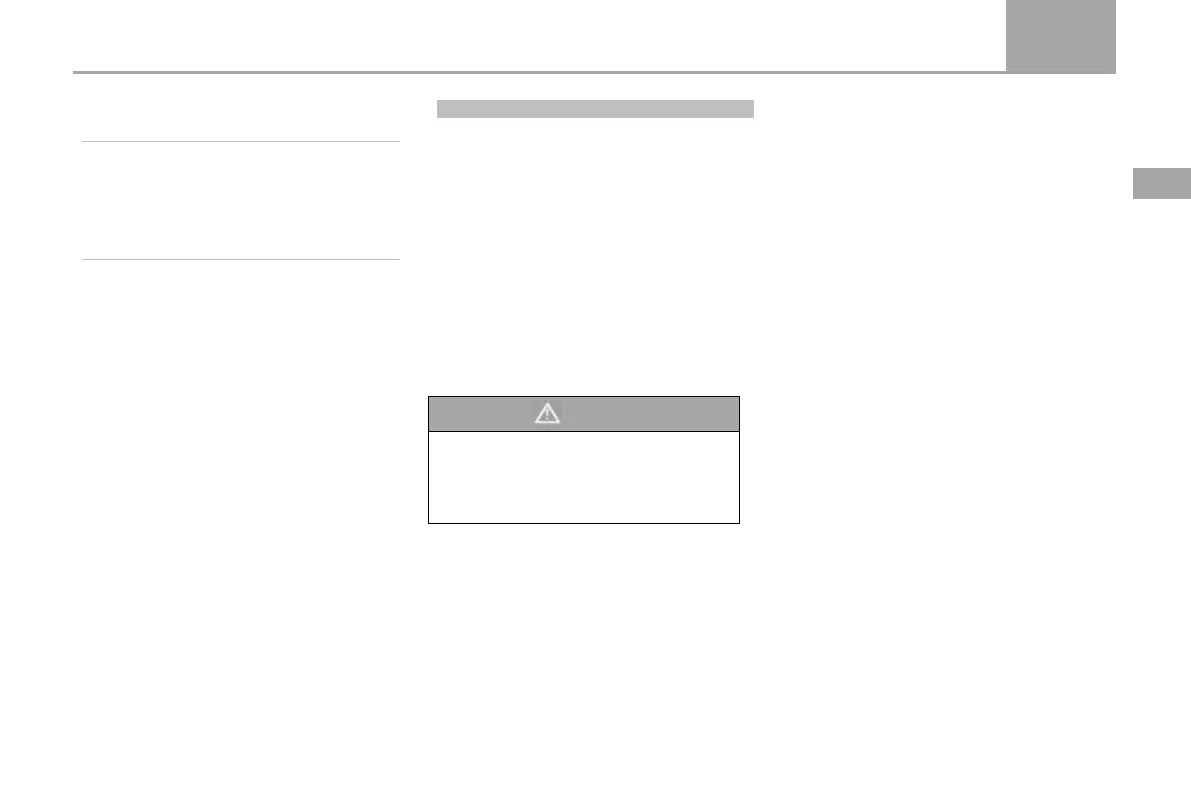Driving skills 177
D50
3
Driving guide
After Starting the Engine
Before driving
:
Fuel leakage
:
After the vehicle has parked for a while, check
for leakage of fuel, engine oil, water or other
liquids in the car. After use, there may be water
drops from the air conditioner.
During driving
:、
Instruments
:
Make sure red and yellow alarm lights are not
light on the combined instrument
Brake
:
In order to ensure safety, drive at low speed,
step on the brake pedal, check whether the brake
is reliable, the vehicle will not deviate, and the
brake has no abnormal sound.
Noise
:
Pay attention to check whether there is any
abnormal noise in the vehicle.
Key Points of Driving In Different Situations
When there is rain, please drive carefully
because the visibility is low, the vehicle
windows are foggy, and the road is very
slippery.
●Heavy rain can make the vision worse.
Headlights, fog lights and hazard warning lights
can be turned on when driving.
。
●When brake is wet, it will affect the braking
efficiency, so it is necessary to increase the
vehicle distance and reduce the speed when
driving in rainy days.
●When it rains, don't drive at high speed on the
road, because the higher the speed, the easier it
is to form a water slippery phenomenon
between the tire and the road surface.
Warning
●When driving on slippery road surfaces,
emergency braking, acceleration and
steering may all cause the tires to skid.
This will reduce the steering performance
of the vehicle and thus cause an accident.
In the manual mode of CVT vehicle, when the
vehicle is driving on rough road or braking in
emergency, the vehicle may temporarily quit
from the manual mode to protect the
transmission. At this time, the gear display will
become D, and when the vehicle returns to
normal driving, the manual mode M will be
turned automatically
When the CVT vehicle is in the extreme
climbing condition (start at 23% of the slope, up
to more than 28% of the slope), it will increase
the speed because the clutch is in the sliding
state for a long time (or repeated for a short
time). This condition will cause the clutch to be
in the non-closed heating state for a long time,
which will cause the temperature of the clutch
rise rapidly to the limit of transmission and
cause alarm , and even the transmission will
protect itself withdraw from the power until the
oil temperature drops.

